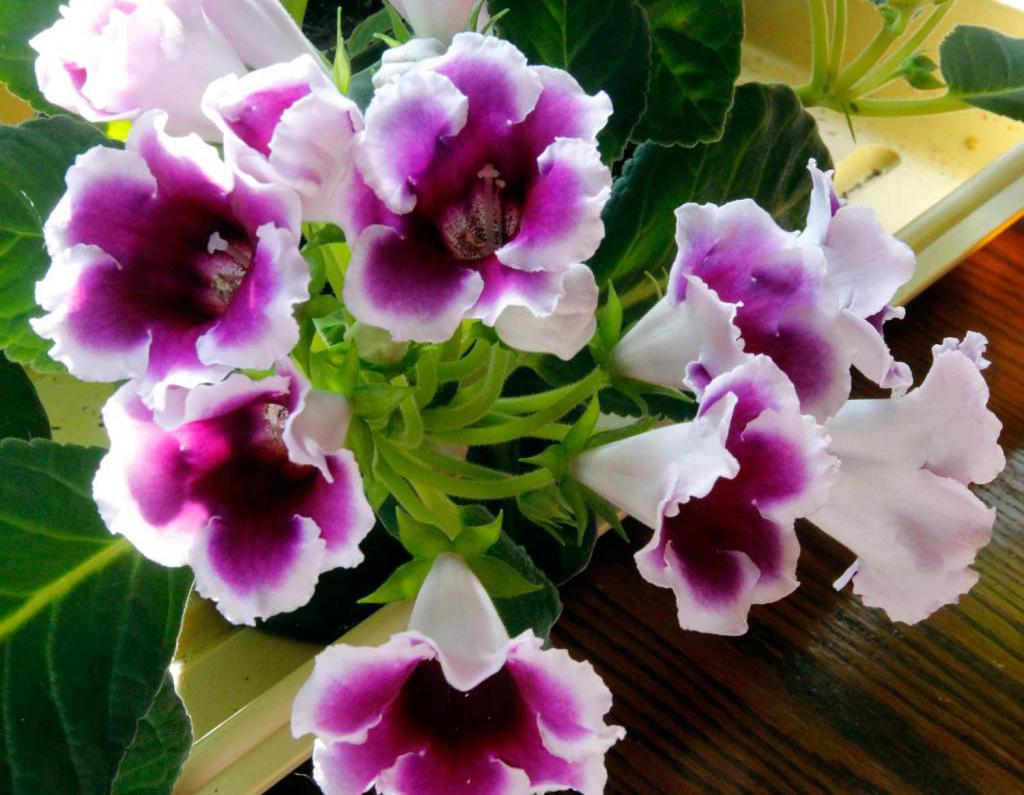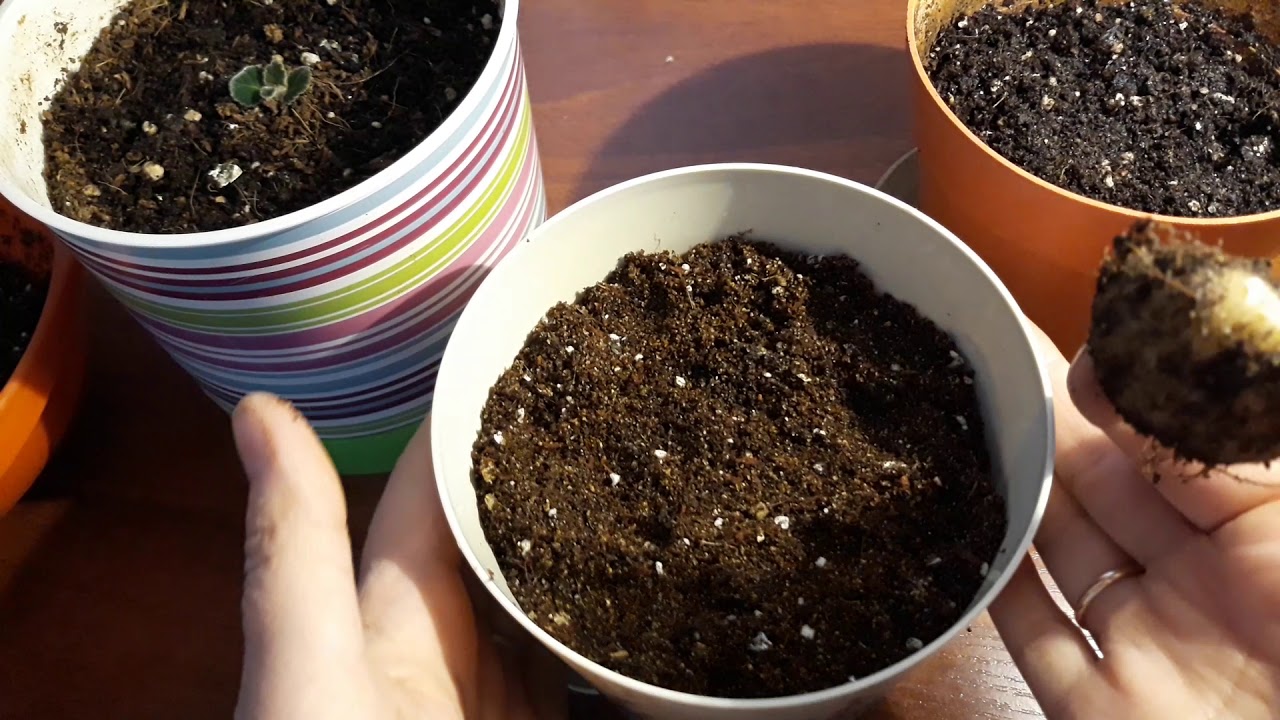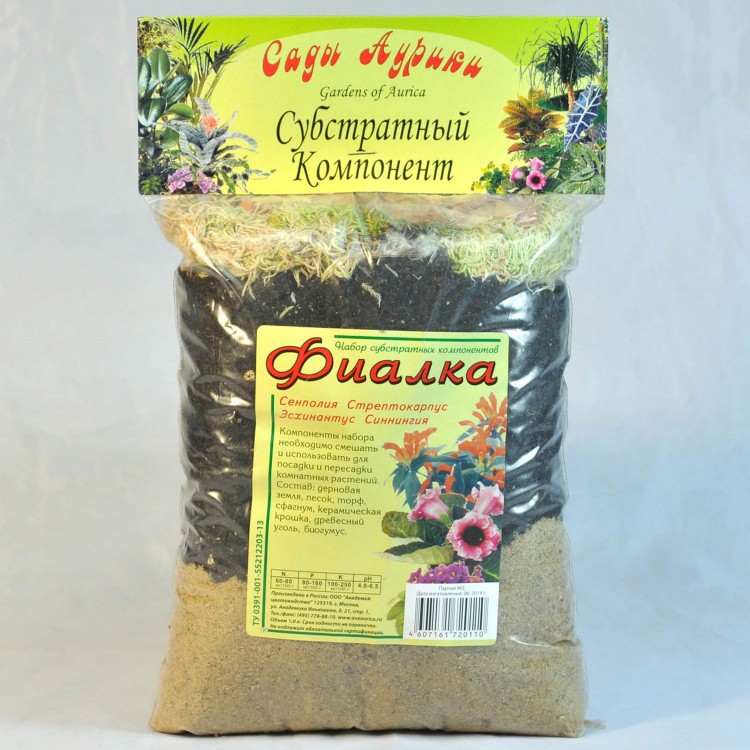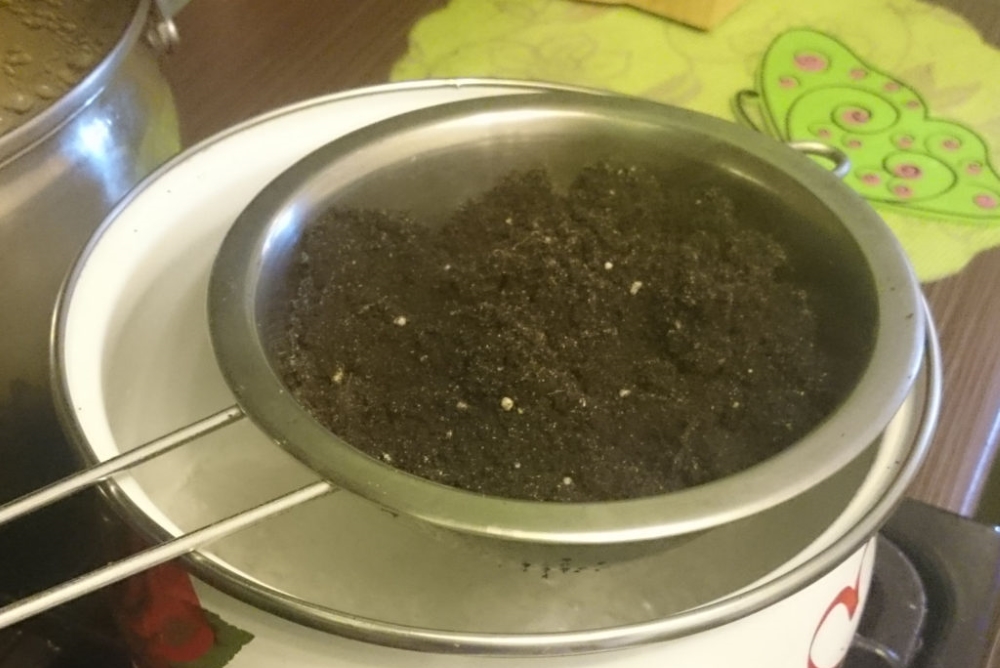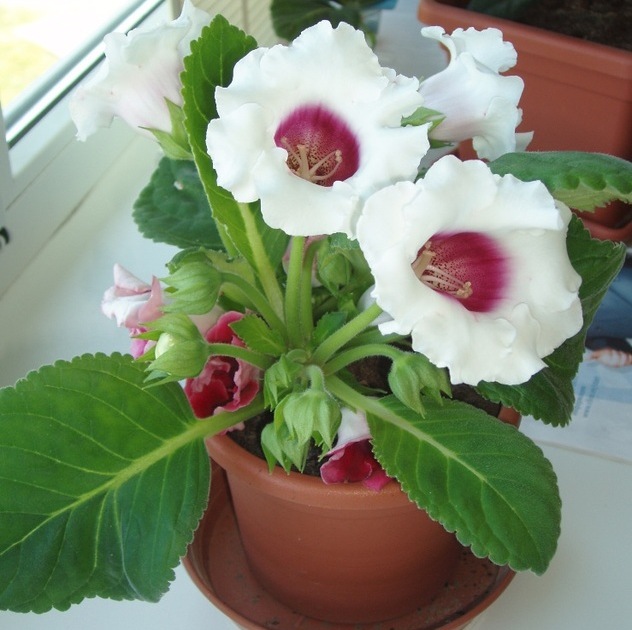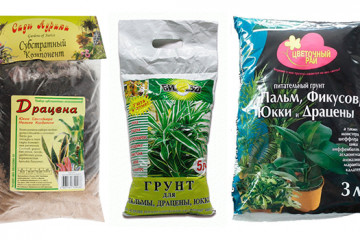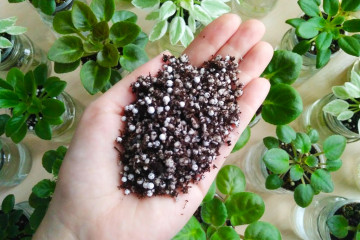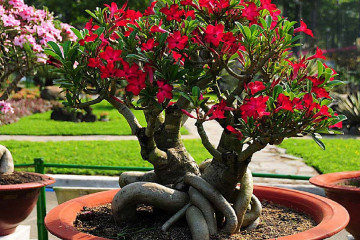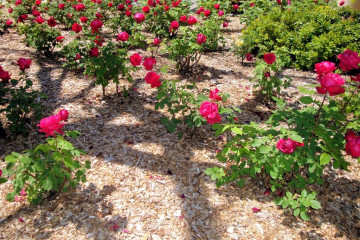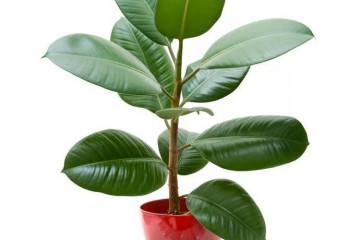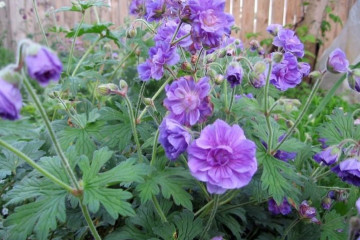Soil for gloxinia - which soil is suitable for a flower
Content:
Growing flowers requires the use of nutritious soil. Properly selected soil for gloxinia promotes long-term flowering. Compliance with simple rules and guidelines strengthens the culture and prolongs the period of bud formation.
Soil requirements for gloxinia
The soil for the flower should be air permeable. Regular oxygen supply will reduce the risk of fungal spores. The plant prefers slightly acidic soil, saturated with nutrients. Often a special houseplant mixture is purchased for rapid growth.
Soil composition
The soil for gloxinia must contain all the nutrients with which the crop will thrive. The nutritional formula should contain:
- deciduous soil;
- peat mixture;
- river sand;
- humus.
Often moss or coconut threads, as well as sawdust, are used to increase friability. Such additives can act as fertilizers.
What land is needed for gloxinia
The abundance of flowering and the presence of immunity to diseases depend on the quality of the soil substrate. Which soil is suitable for a gloxinia flower? The following formulations can be used as nutritional mixtures:
- Sod land, soil soil, peat and sand.
- Peat, sapropel, river sand, vermiculite and lime flour. This composition can be obtained using a ready-made soil mixture - Biogrunt "Ekoflora".
- Sod land, river sand, peat, sphagnum, charcoal and micronutrient fertilizers. These substances are present in the prepared soil "Aurica Gardens".
The land for gloxinia is selected depending on the type of crop. Very often preference is given to ready-made nutrient substrates. The most common mixture for begonias "Garden of Miracles" is considered.
How to prepare gloxinia soil at home
This nutrient mixture is no different from the finished substrate. Homemade soil mix recipes:
- Mix 1 part deciduous soil, 2 parts peat, 1 part vermiculite and 1 part sand. Mix everything thoroughly by hand and remove lumps.
- Mix 6 parts of coniferous soil, 1 part of perlite, 1 part of peat and 1 part of moss. In this mixture, you need to use moss to make the substrate airy. Also, during watering, the moss acts as a sponge that removes excess moisture.
- Take 1 part of humus, 2 parts of leafy soil, 1 part of sand and 1 part of peat. Mix everything thoroughly.
Before using the soil, it is necessary to place a drain on the bottom of the pot. To do this, use crushed stone, coarse sand or foam. It is important to take seriously the preparation of the soil for the flower. If the land is taken from a garden plot, it cannot be used to grow other crops throughout the year.
Disinfection of the earth before planting a flower
When preparing the soil for planting a plant, it must be disinfected. Popular ways:
- Cold exposure. The container with soil must be placed in the freezer for several days.After that, the container is defrosted, the soil is watered with water, left for several days and re-frozen.
- Using boiling water. This helps to eliminate a large number of harmful organisms. The container with the substrate must be thoroughly watered with boiling water and covered with plastic wrap.
- Hot air treatment. It is rarely used, but it also gives positive results. For disinfection, the earth is warmed up in the oven.
- The use of special drugs such as manganese, Fitosporin.
After the substrate is disinfected, it can be used to plant gloxinia in pots.
Selection of a pot for gloxinia
When choosing a container, you must proceed from the size of the tuber. For adult crops, use wide and deep pots. This will not only simplify the care of the plant, but will also contribute to the active development of the root system. When using small containers, the plant must be repotted regularly.
Gloxinia is a popular houseplant. Despite the fact that it is necessary to carefully select the soil for its cultivation, the flower is often used to decorate the room. Ready-made mixtures or self-prepared soil are suitable as a substrate.
